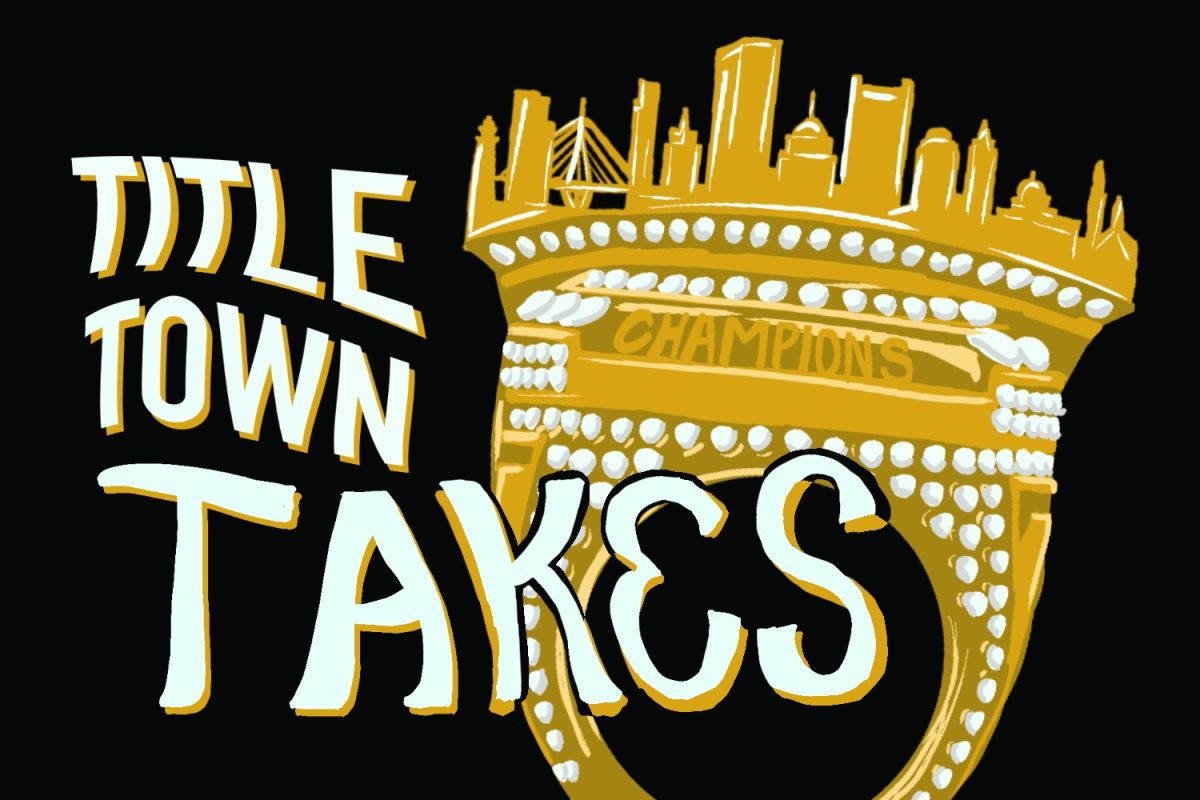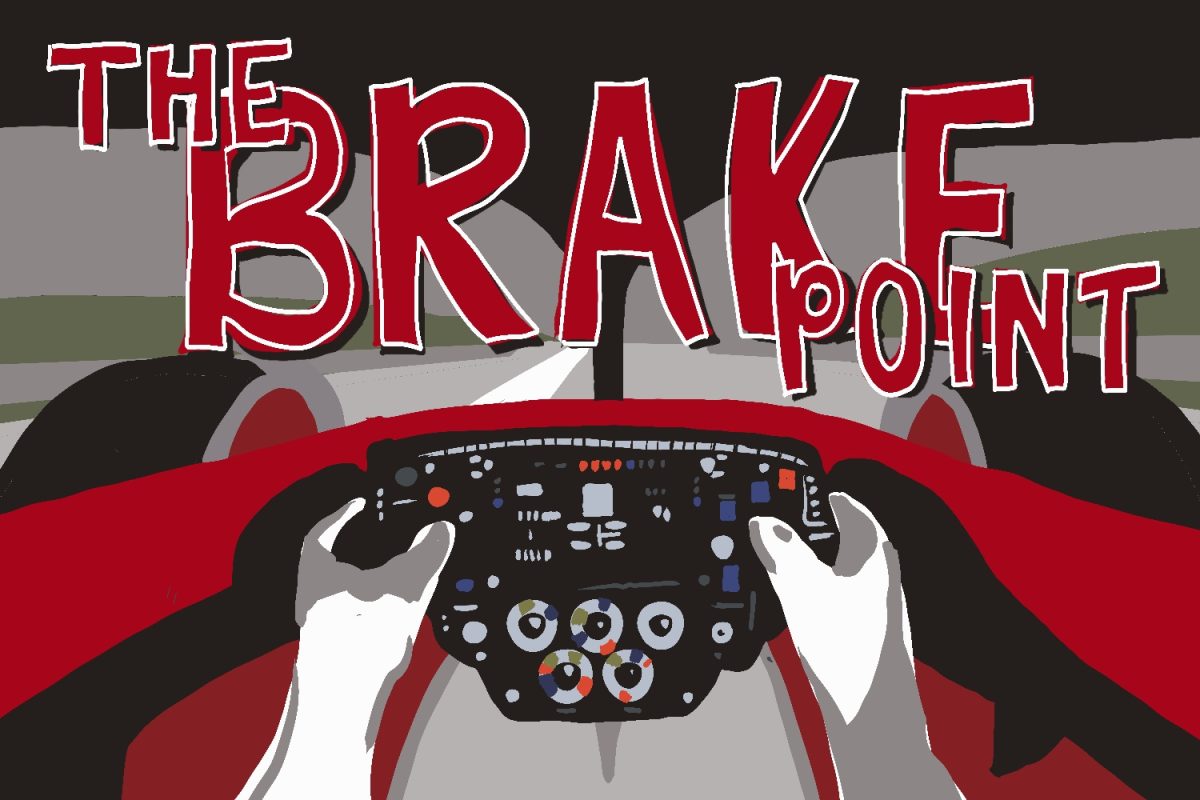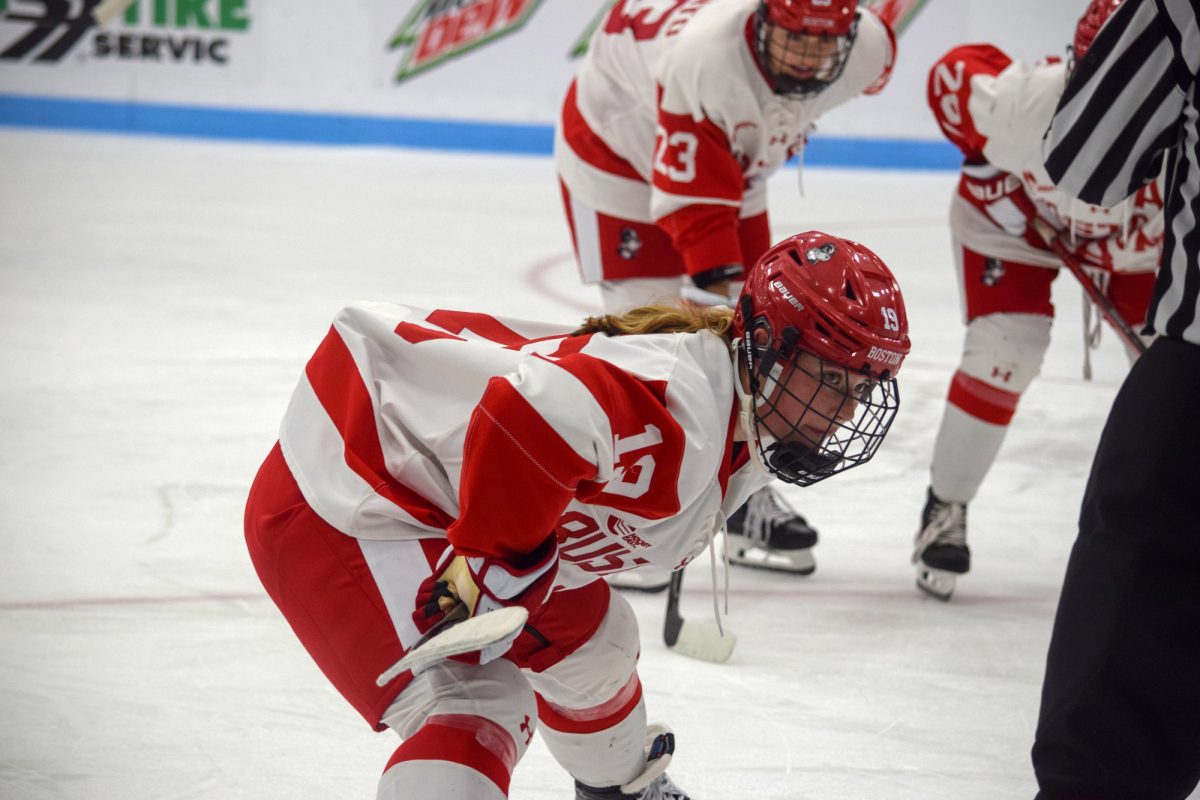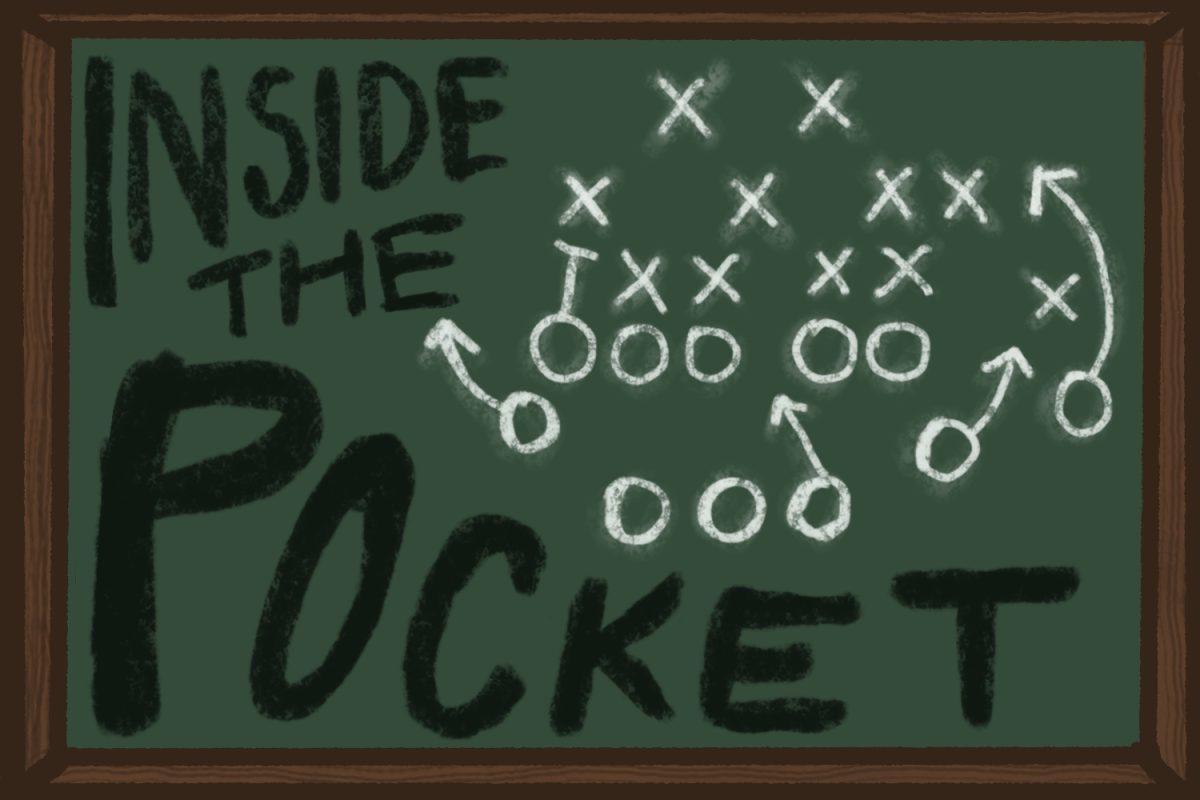
Since the most recent lockout ended in January of 2013, both fans and front offices have dramatically increased their usage in advanced statistics in evaluating both teams and players. The most prevalent statistics aim to quantify puck possession through ratios of shots for and shots against. For the sake of explanation, let’s stick to Corsi for now.
The Corsi statistic measures shots on goal, missed shots and blocked shots. Most frequently, it will be represented as percentage of Corsi For (CF percentage). More easily explained on the team level, this measures the ratio of one teams attempted shots vs. the total attempted shots for both teams.
Corsi For%= Corsi For/(Corsi For+Corsi Against)
The theory goes that if a team CF percentage is above 50 percent (your team has the majority of shot attempts), you are possessing the puck more than the other team. If you possess the puck more than the other team, you will score more goals than you give up.
Like any statistic, sample size is incredibly important. This information is much more useful over a large stretch of games. Most active members in the analytics community suggest at least a third of a season, or just about 25 games. A shorter period of time is prone to statistical anomalies, a key argument point proponents use when the numbers don’t seem to add up.
The foundation of possession-based statistics is built upon the old adage that a good offense is the best defense. If you agree that CF percentage is a good representation of possession, it’s an intuitive correlation between a higher CF percentage and a higher winning percentage. The argument between more traditionalist hockey observers and the newer analytics crowd can be boiled down into one question: are shots a good measure of puck possession?
Simply put, those who subscribe to advanced stats believe that shot differentials, over a large sample size, show which teams possess the puck more. Those who denounce, do not agree.
The main argument used by people who do not agree is that not all shots are created equal. Some teams focus heavily on putting pucks in the net, while others may put more emphasis on quality over quantity. If teams are shooting at their first opportunity, many times it will be an easy save for the goaltender. For the most part in today’s NHL, if the goalie sees the shot the entire way, he is going to save it. But if teams can spend their time in the zone cycling the puck between all five skaters and moving the defenders out of position, they can get a more dangerous scoring chance.
Proponents don’t disagree with that point, but rather believe that over time, good teams will be making these plays more often, leading to more shot attempts than the other team, even if teams are waiting for better quality opportunities.
When teams are supposedly winning the possession battle but aren’t winning games, analysts usually point to fluctuation in shooting and save percentage.
In other words, luck isn’t on that team’s side. Luck is represented in statistic called PDO. PDO is the sum of a team’s shooting percentage and a team’s save percentage. The baseline for this stat is 1. If your team’s PDO is above one, you are supposedly getting the bounces. If your team’s PDO is below one, you must’ve done something to anger the hockey gods.
PDO is perhaps the most infuriating stat for front offices. A GM or coach telling their owner that the team is actually playing well but is just a bit unlucky won’t help their job security. This is not to say PDO is completely out of a coach’s or player’s hands. Improvements can definitely be made to help a team. That is obvious. However, proponents rarely emphasize this.
But herein lies the root of disdain for advanced stats: many people feel these stats are diminishing the value of players and coaches. If this whole thing is just based on luck, what’s the point?
At this time, it’s a waiting game to see who is right and who will eat their words. Some teams have bought in, while others are skeptical. No matter the “winner,” it’s important as an informed hockey fan to be able to form your own opinion.



















































































































